Kenny B. Lipkowitz, Thomas R. Cundari, Valerie J. Gillet9780471779384, 0-471-77938-5
Table of contents :
Cover Page……Page 1
Title Page……Page 3
Copyright 2006 by John Wiley & Sons, Inc…….Page 4
Preface……Page 5
1. Protein Structure Classification……Page 12
2. Comparative Protein Modeling……Page 13
4. The Simulation of Ionic Charge Transport in Biological Ion Channels: An Introduction to Numerical Methods……Page 14
Subject Index……Page 15
INTRODUCTION……Page 28
The Biomolecular Revolution……Page 29
Visualization……Page 31
Protein Structure Hierarchy……Page 32
Three Types of Proteins……Page 34
Geometry of Globular Proteins……Page 36
Protein Domains……Page 39
Resources on Protein Structures……Page 40
Automatic Identification of Protein Structural Domain……Page 41
The Rigid-Body Transformation Problem……Page 43
Protein Structure Superposition……Page 50
cRMS: An Ambiguous Measure of Similarity……Page 58
Differential Geometry and Protein Structure Comparison……Page 60
Upcoming Challenges for Protein Structure Comparison……Page 63
PROTEIN STRUCTURE CLASSIFICATION……Page 64
The Structure Classification of Proteins (SCOP)……Page 67
The CATH Classification……Page 69
Comparing SCOP, CATH, and DDD……Page 70
CONCLUSIONS……Page 72
ACKNOWLEDGMENTS……Page 73
APPENDIX: HIERARCHICAL CLUSTERING……Page 74
REFERENCES……Page 75
INTRODUCTION……Page 84
ANATOMY OF A COMPARATIVE MODEL……Page 87
STEP 1: SEARCHING FOR RELATED SEQUENCES AND STRUCTURES……Page 88
Expert Protein Analysis System (ExPASy)……Page 89
BLAST and PSI-BLAST……Page 92
Protein Data Bank (PDB)……Page 95
Sequence Alignment and Modeling System With Hidden Markov Models……Page 97
Threading……Page 100
Threader……Page 105
Example: Finding Related Sequences and 3-D Structures……Page 107
STEP 2: SEQUENCE ALIGNMENT……Page 111
Preparing the Sequences……Page 114
Alignment Basics……Page 117
Similarity Matrices……Page 118
Clustal……Page 122
Tree-Based Consistency Objective Function for Alignment Evaluation (T-Coffee)……Page 126
Divide-and-Conquer Alignment (DCA)……Page 127
Example: Aligning Sequences……Page 128
Selecting Templates……Page 131
Improving Sequence Alignments With Primary and Secondary Structure Analysis……Page 134
STEP 4: CONSTRUCTING PROTEIN MODELS……Page 138
Satisfaction of Spatial Restraints……Page 140
Segment Match Modeling……Page 142
Multiple Template Method……Page 145
3D-JIGSAW……Page 146
Overall Protein Model Construction Methods……Page 148
Example: Constructing a Protein Model……Page 149
STEP 5: REFINEMENT OF PROTEIN MODELS……Page 151
Side-Chains with Rotamer Library (SCWRL)……Page 152
Energy Minimization……Page 159
Molecular Dynamics……Page 160
Molecular Dynamics with Simulated Annealing……Page 162
PROCHECK……Page 165
Verify3D……Page 167
ERRAT……Page 168
Protein Structure Analysis (ProSa)……Page 169
Protein Volume Evaluation (PROVE)……Page 171
Model Clustering Analysis……Page 173
Example: Evaluating Protein Models……Page 175
CONCLUSIONS……Page 181
REFERENCES……Page 182
INTRODUCTION……Page 196
Energy Landscape Theory……Page 199
Thermodynamics and Kinetics of Folding: Two-State and Multistate Folders……Page 202
Introduction and General Simulation Techniques……Page 206
Coarse-Grained Protein Models……Page 208
Fully Atomic Simulations……Page 217
ADVANCED TOPICS: THE TRANSITION STATE ENSEMBLE FOR FOLDING……Page 228
Transition State and Two-State Kinetics……Page 229
Methods for Identifying the TSE……Page 231
ACKNOWLEDGMENTS……Page 246
REFERENCES……Page 247
INTRODUCTION……Page 256
System Components……Page 258
Time and Space Scale……Page 268
Experiments……Page 269
ELECTROSTATICS……Page 270
Long-Range Interaction……Page 272
Short-Range Interaction……Page 285
Boundary Conditions……Page 288
PARTICLE-BASED SIMULATION……Page 290
Implicit Solvent: Brownian Dynamics……Page 291
Explicit Solvent: Molecular Dynamics……Page 294
FLUX-BASED SIMULATION……Page 300
Nernst–Planck Equation……Page 301
The PNP Method……Page 305
HIERARCHICAL SIMULATION SCHEMES……Page 309
FUTURE DIRECTIONS AND CONCLUDING REMARKS……Page 310
REFERENCES……Page 311
PREFACE……Page 322
INTRODUCTION TO WAVELETS……Page 323
Continuous Fourier Transform……Page 324
Short-Time Fourier Transformation……Page 325
Wavelet Transform……Page 327
Continuous Wavelet Transform……Page 328
Discrete Wavelet Transform……Page 330
Wavelet Packet Transform……Page 334
Wavelets vs. Fourier Transforms: A Summary……Page 335
Smoothing and Denoising……Page 336
Signal Feature Isolation……Page 339
Signal Compression……Page 340
Quantum Chemistry……Page 341
Classification, Regression, and QSAR/QSPR……Page 343
REFERENCES……Page 348
A,B……Page 358
C……Page 360
E……Page 361
F,G……Page 362
H……Page 363
I,J……Page 364
K……Page 365
M……Page 366
P……Page 368
Q,R……Page 369
S……Page 370
T,U,V……Page 372
X,Y……Page 373
Z……Page 374
A,B……Page 376
C……Page 377
D……Page 378
F……Page 379
G……Page 380
H,I……Page 381
J,K,L,M……Page 382
O……Page 383
P……Page 384
Q,R……Page 385
S……Page 386
T……Page 387
U,V,W,X,Z……Page 388
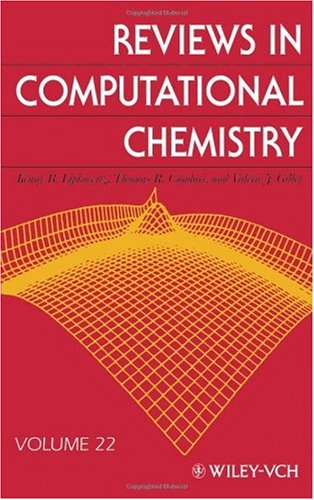
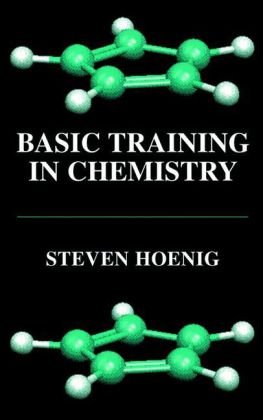

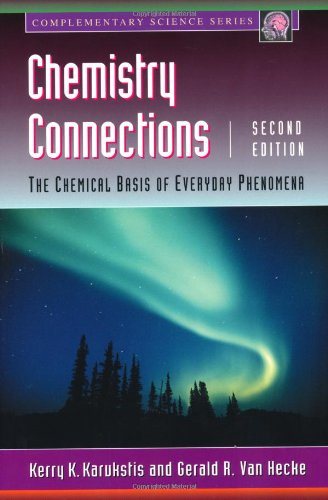
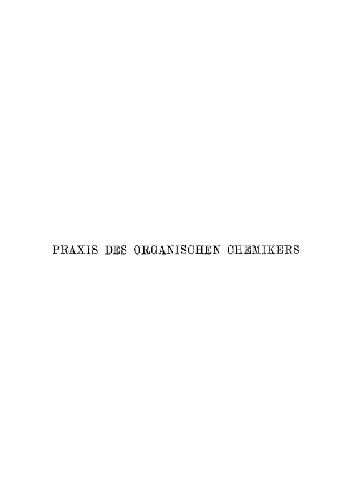
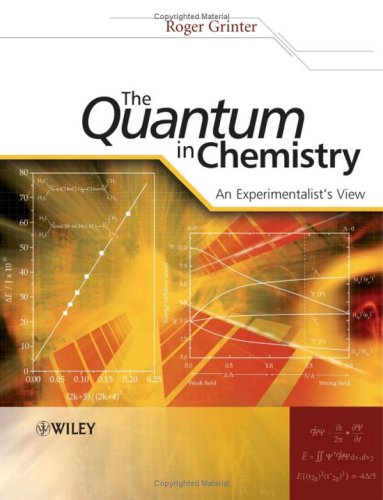
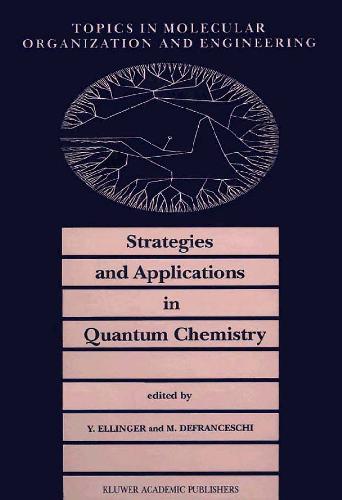
Reviews
There are no reviews yet.